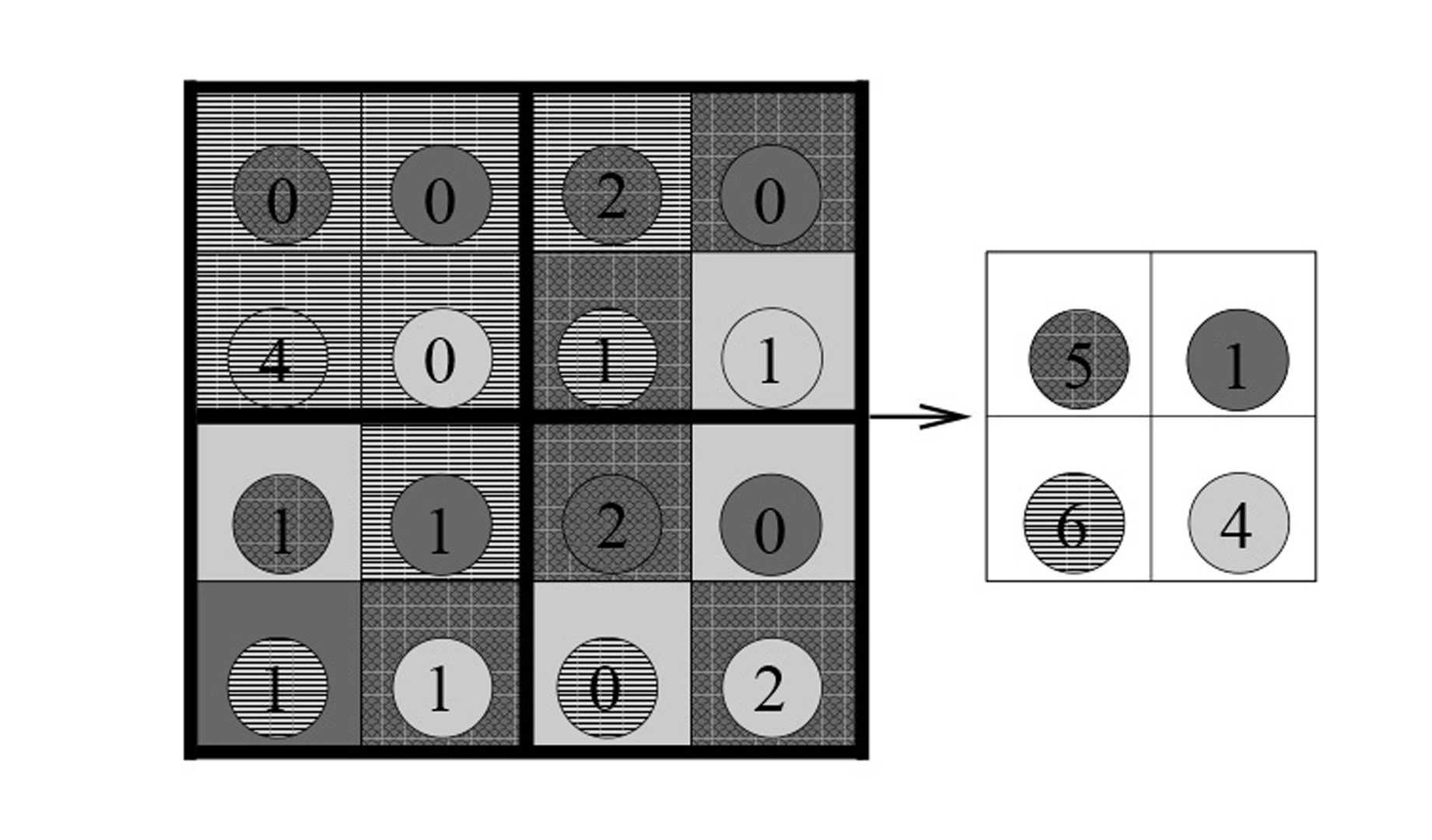“GPU histogram computation” by Fluck, Aharon, Cremers and Rousson
Conference:
Type(s):
Title:
- GPU histogram computation
Presenter(s)/Author(s):
Abstract:
Motion capture techniques produce realistic images of movement, but the result is often dull and uninspiring when compared with hand-drawn animation. We present a filter that automatically adds slow in and slow out effects to motion capture motions to achieve more stylized, spirited motion. Our work is in part inspired by the “Cartoon Animation Filter” [Wang et al. 2006], which proposes a filter for adding anticipation and follow-through effects. Our filter is built upon the animation principle of slow in and slow out (SISO) [Thomas and Johnston 1981]. Slow in and slow out al- ters the timing of the animation so that the action is slowed down around important frames. Thomas and Johnston point out that overuse of this phenomenon will result in “a mechanical feel to the action”, but proper usage will yield “a very spirited result.”
References:
1. Kim, J., Fisher, J., Yezzi, A., Cetin, M., and Willsky, A. 2002. Nonparametric methods for image segmentation using information theory and curve evolution. IEEE Internation Conference on Image Processing, Rochester.
2. Krueger, J., and Westermann, R. 2003. Linear algebra operators for gpu implementation of numerical algorithms. ACM Transactions on Graphics (TOG) 22, 3, 908–916.
3. Lefohn, A. E., Kniss, J. M., Hansen, C. D., and Whitaker, R. T. 2003. Interactive deformation and visualization of level set surfaces using graphics hardware. IEEE Trans. on Visualization and Computer Graphics, 75–82.





